The recent stock market sell-off has been swift and severe, with the Nasdaq Composite plummeting 3.5% and the S&P 500 shedding 3% in a single day. While some may attribute this downturn to weak economic data, the reality is more complex. The market’s reaction is not just a response to a single data point, but rather a culmination of factors that have been building for some time.
The Unwinding of the Carry Trade
One key driver of the sell-off is the unwinding of the carry trade, which has been fueled by speculators borrowing at 0% interest rates in Japan and investing in high-flying tech stocks. The surprise interest rate hike by the Bank of Japan has sent shockwaves through the market, leading to a rapid unwinding of these positions and a subsequent sell-off in US stocks.
Reassessing Expectations for Monetary Policy
However, the market’s reaction is not solely driven by external factors. The recent jobs report, which showed a weaker-than-expected 114,000 nonfarm payroll jobs added in July, has also contributed to the sell-off. The report’s revelation that the unemployment rate rose to 4.3% – its highest level since October 2021 – has stoked recession fears and led investors to reassess their expectations for domestic monetary policy.

As a result, markets are now pricing in a roughly 95% chance of a 50-basis-point interest rate cut by the end of the Fed’s September meeting, up from a less than 12% chance just a week prior. This shift in expectations reflects a growing consensus that the Fed needs to take more aggressive action to support the economy.
A Shift in Market Sentiment
But not all Wall Street strategists are convinced that the market’s reaction is a clean bet on a flailing US economy. Some argue that the sector action, with defensive sectors like Consumer Staples and Utilities leading the market, suggests that investors are simply taking profits and rotating out of high-flying tech stocks. This perspective suggests that the market’s reaction is more about expectations and sentiment than a fundamental shift in the economy.
Pressure on the Federal Reserve
Regardless of the underlying drivers, the pressure on the Federal Reserve to cut rates is rising. Traders are now betting on rate cuts of half a percent in both September and November, and another quarter-point cut in December. Some economists, like JPMorgan‘s Michael Feroli, are even suggesting that the Fed should act before the next scheduled policy meeting on September 17-18.
A Critical Test for the Fed
While Fed Chair Jay Powell has been dismissive of the idea of a 50-basis-point cut, the scrutiny of the Fed’s decision-making process is intensifying. The central bank’s decision to keep rates at a 23-year high at its July 30-31 meeting has been criticized by some as a missed opportunity to get ahead of a slowing US economy.
As the market continues to gyrate, one thing is clear: the Fed is facing a critical test of its ability to navigate the complex economic landscape. With the stakes high and the market’s expectations shifting rapidly, the Fed’s next move will be closely watched by investors and economists alike. Will the central bank take a more aggressive stance and cut rates to support the economy, or will it stick to its current course and risk exacerbating the market’s volatility? Only time will tell.




